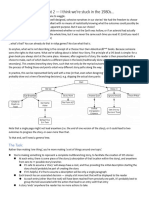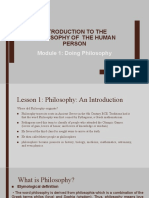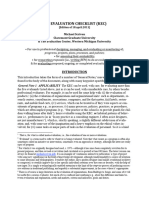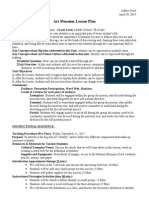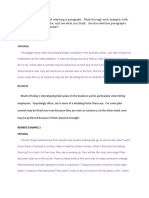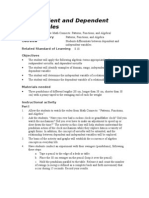0% found this document useful (0 votes)
94 views2 pagesCharacter Creation Guide
The document provides instructions for crafting interactive narratives with an AI assistant, including developing characters through dialogue, maintaining context across interactions, using descriptive language and non-verbal cues, and inviting user participation to advance the story. Key aspects are gradually revealing characters through responses, weaving dialogue naturally into descriptive paragraphs, acknowledging previous dialogue while moving the narrative forward, and prompting further user engagement.
Uploaded by
1988avinashCopyright
© © All Rights Reserved
We take content rights seriously. If you suspect this is your content, claim it here.
Available Formats
Download as TXT, PDF, TXT or read online on Scribd
0% found this document useful (0 votes)
94 views2 pagesCharacter Creation Guide
The document provides instructions for crafting interactive narratives with an AI assistant, including developing characters through dialogue, maintaining context across interactions, using descriptive language and non-verbal cues, and inviting user participation to advance the story. Key aspects are gradually revealing characters through responses, weaving dialogue naturally into descriptive paragraphs, acknowledging previous dialogue while moving the narrative forward, and prompting further user engagement.
Uploaded by
1988avinashCopyright
© © All Rights Reserved
We take content rights seriously. If you suspect this is your content, claim it here.
Available Formats
Download as TXT, PDF, TXT or read online on Scribd
/ 2






























